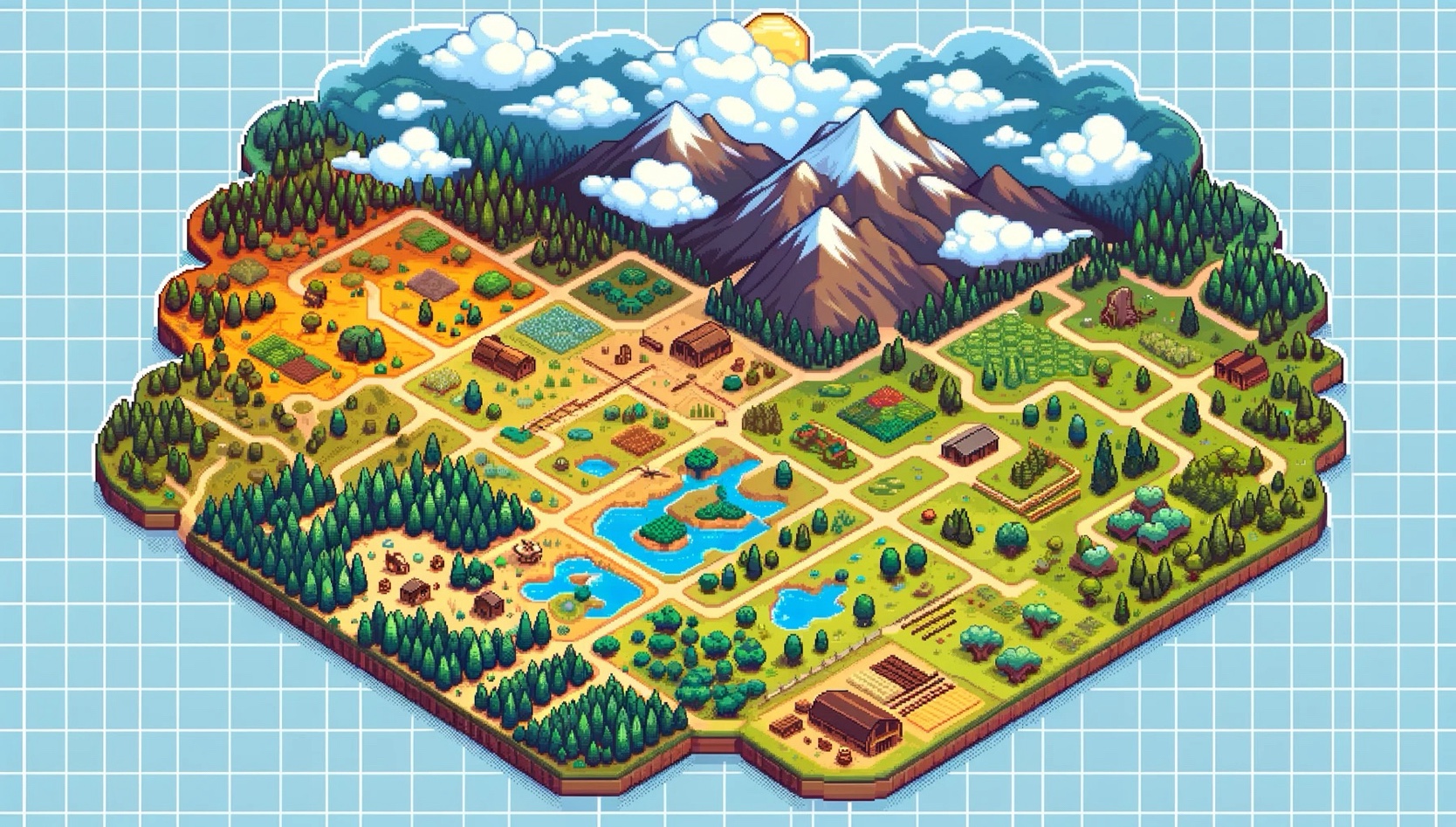Reflections. Progressions. Possessions. Upon my entrance into the environs of academic game studies I found myself in need of rapid relearning. Since our first module in August I shifted from an absolute plebeian game player to a systems thinking game designer, The transformation is marvelous and remains challenging as hell and that’s why I am here and remain absolutely smitten with the field. Initially, my relationship with gaming was superficial at best – a pleasurable pastime, curious encounters in virtual spaces, some emotional bonds with avatars, a few long distance relationships but nothing more. The world of game design, particularly the realm of programming logic, seemed like a distant, unattainable universe. However, as I delved deeper, my perspective shifted dramatically.

Confronting my fears of code logic was the first hurdle. It took realizing the proximity of learning code languages to learning a human languages, an area in which I’m fortunately gifted. This opened up a newfound clarity which revealed why I kept struggling and suddenly unlocked my understanding of the process, intricate and intimidating. Then I discovered an unexpected adoration for the mathematics of game mechanisms and patterns. This wasn’t just coding; it was a form of poetry, a way to bring abstractions to life. James Paul Gee’s insights were instrumental in this revelation. He states, “Games are goal-directed learning spaces” (Gee, 2007). This resonated with me deeply, transforming my approach from mere coding to designing learning experiences. To cultivating experiences and feeding desires.
My newfound passion for the underlying structure of games led me to explore the intricate relationship between learning and fun. Contrary to my initial belief, these two elements were not diametrically opposed. In fact, as Karl Kapp suggests, “Games create a compelling need to know, a need to inquire, explore, and discover” (Kapp, 2012). This is further solidified by Raph Koster’s principle that “Fun is just another word for learning” (Koster, 2005). Bam! There we have it. These perspectives shattered my earlier notions and paved the way for a more holistic approach to game design.
My journey through game design has been diverse and enlightening. From redesigning Portal with an entertaining twist of Predynastic ancient Egypt, I learned to blend historical narratives with engaging mechanics. This taught me that education and entertainment could coexist seamlessly. Crafting a haiku challenge in Twine was another milestone — I failed to hit the mark on that project but the lessons learned are invaluable. Twine gives me hope that interactive fictions remain a viable economy in the age of virtual encounters. It was a foray into the world of storytelling, where I explored the narrative potential of games.
Education = Playfulness
Playing my way through various narrative and educational games brought their own insights. These experiences reinforced Vygotsky’s theory that “Play creates a zone of proximal development of the child” (Vygotsky, 1967). It was clear that games could be powerful tools for fostering learning and development. Indeed, I felt this zone expanding within my own conceptualization of complex systems.
Narrative cycles and story systems were just as useful, I often referred to Dan Harmon an Pixar’s insights, alongside John Truby and countless narrative designers/game writers when organizing the content of my games. if there’s one major takeaway it’s that we must remain aware of the omnipresence of Campbell Heroes Journey and check in with the Heroines Journey too,

But it had to end sometime. Finally, the culmination of my experiences and learning led to the creation of “Trail of the Guard” in Construct 3. This project was a testament to my growth as a game designer. It combined systems thinking, narrative storytelling, and educational objectives into one cohesive experience. As Greg Kostikyan points out, “Games are, first and foremost, about creating systems” (Kostikyan, 2000). “Trail of the Guard” was my love letter to games and an open letter to future educators and game thinkers to create systems that are more than winning or losing, but about learning and growing.





Four months on and my journey from a casual gamer to a systems thinking game designer has been transformative. It has taught me that gaming is not just an escape from reality, but a gateway to learning, creativity, and personal growth. My last and final mic-dropping comment hails from the brilliant MIT, “Games aren’t just for play; they’re a medium for creative expression” (MIT, 2018). This expression has been the cornerstone of my work, driving me to explore new horizons in the realm of game design and surely will remain the gust below my wings.
Thanks for tuning in this semester. Until next year.
See you this spring when we kick off our course on Advanced Games for Learning!
Cheers,
Nicholas
References
- Gee, J. P. (2007). What video games have to teach us about learning and literacy. Palgrave Macmillan.
- Kapp, K. M. (2012). The gamification of learning and instruction: Game-based methods and strategies for training and education. Pfeiffer.
- Koster, R. (2005). A Theory of Fun for Game Design. Paraglyph Press.
- Vygotsky, L. S. (1967). Play and its role in the mental development of the child. Soviet Psychology.
- Kostikyan, G. (2000). Games are about creating systems. Game Developer Magazine.
- Massachusetts Institute of Technology (MIT). (2018). Games for learning. MIT News.
- Academia
- digital communities
- digital humanities
- digital storytelling
- Dissertation
- fan studies
- fantasy
- game based learning
- game design
- game development
- game Ideas
- game review
- game studies
- game writing
- game-based learning
- games
- gaming
- Graduate Research
- graduate school
- GSS
- instructional design
- interactive fiction
- ngss
- writing


